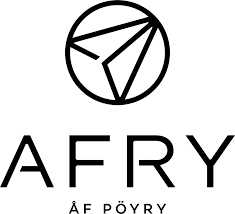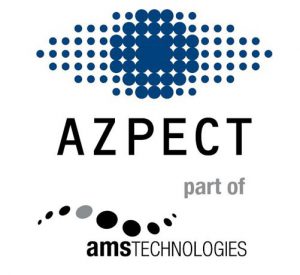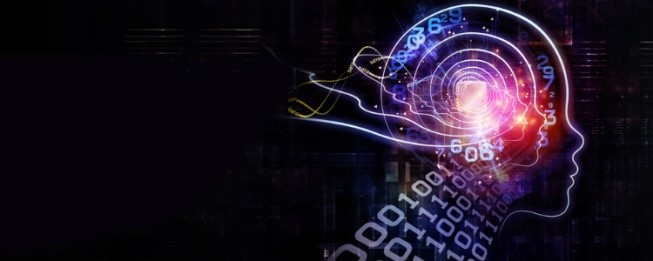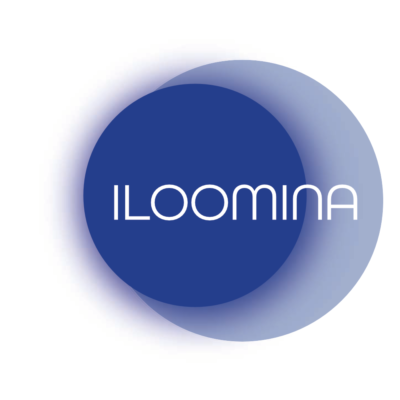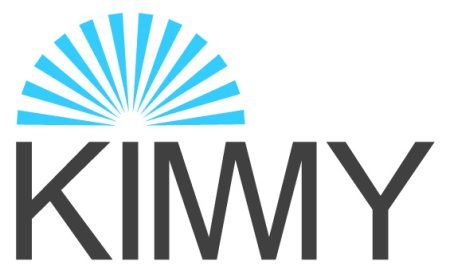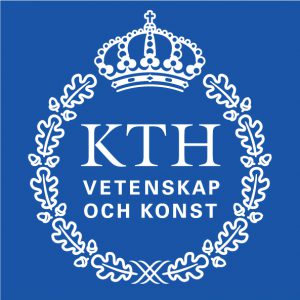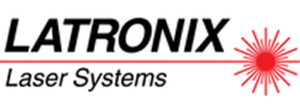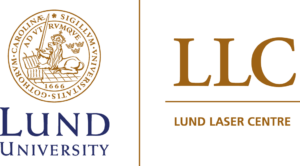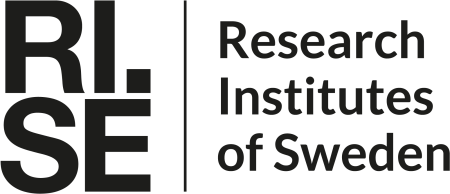The fact that discoveries in Photonics and Optics keep getting awarded with the Nobel Prize is a testament to the importance of our field.
Check out these 10 examples, starting from 2005:
2005: Precision Spectroscopy (Physics)
John L. Hall and Theodor W. Hänsch were awarded for techniques that help scientists measure light frequencies very accurately. The methods are crucial for technologies such as GPS and atomic clocks.
2005: Quantum Optics (Physics)
Roy J. Glauber was recognized for his work in quantum optics. He explained how light can sometimes act like tiny particles (photons) and other times like waves, depending on the situation.
2009: Fiber Optics (Physics)
Charles K. Kao was awarded for groundbreaking contributions to the field of fiber optics, showing that light can travel long distances through ultra-pure glass optical fibers. These fibers are now a cornerstone of the high speed data transmission networks enabling the internet.
2012: Quantum Optics (Physics)
David J. Wineland and Serge Haroche were awarded for their work on how to control and observe light and matter at the quantum level. They demonstrated how to trap and observe individual particles of light (photons) and atoms. The research is fundamental to advances in quantum computing and secure communication technologies.
2014: Blue LEDs (Physics)
Isamu Akasaki, Hiroshi Amano, and Shuji Nakamura were recognized for inventing blue light-emitting diodes (LEDs). Before their work, LEDs were limited to red and green light. Their creation of blue LEDs made it possible to produce white light. These LED technologies has transformed the field of lighting.
2014: Super-Resolved Microscopy (Chemistry)
Eric Betzig, Stefan W. Hell, and William E. Moerner were awarded for their work on super-resolved fluorescence microscopy, which breaks through the diffraction limit of light. Their work has enabled us to see structures inside living cells at the nanoscopic level.
2018: Optical Tweezers (Physics)
Arthur Ashkin was awarded the Nobel Prize for the invention of optical tweezers, a tool that uses laser light to hold and manipulate microscopic objects like cells and atoms without causing damage. This technology now allows scientists to explore cells and study biological processes in real-time.
2018: Chirped Pulse Amplification (Physics)
Gérard Mourou and Donna Strickland were recognized for their invention of chirped pulse amplification (CPA). The ultra-powerful, short laser pulses enabled by their discoveries are now widely used in e.g. laser surgery, laser micro machining, and fundamental science.
2022: Quantum Entanglement (Physics)
Alain Aspect, John Clauser, and Anton Zeilinger were awarded for their work on quantum entanglement – a phenomenon where two particles (such as photons or electrons) become linked so the state of one instantly affects the state of the other, no matter how far apart they are. Their research is important for quantum communication and quantum computing, soon to revolutionize data security and processing.
2023: Attosecond Light Pulses (Physics)
Pierre Agostini, Ferenc Krausz, and Anne L’Huillier were recognized for their development of attosecond light pulses, enabling scientists to study the movement of electrons in real time, opening new doors in physics, chemistry, and materials science.


